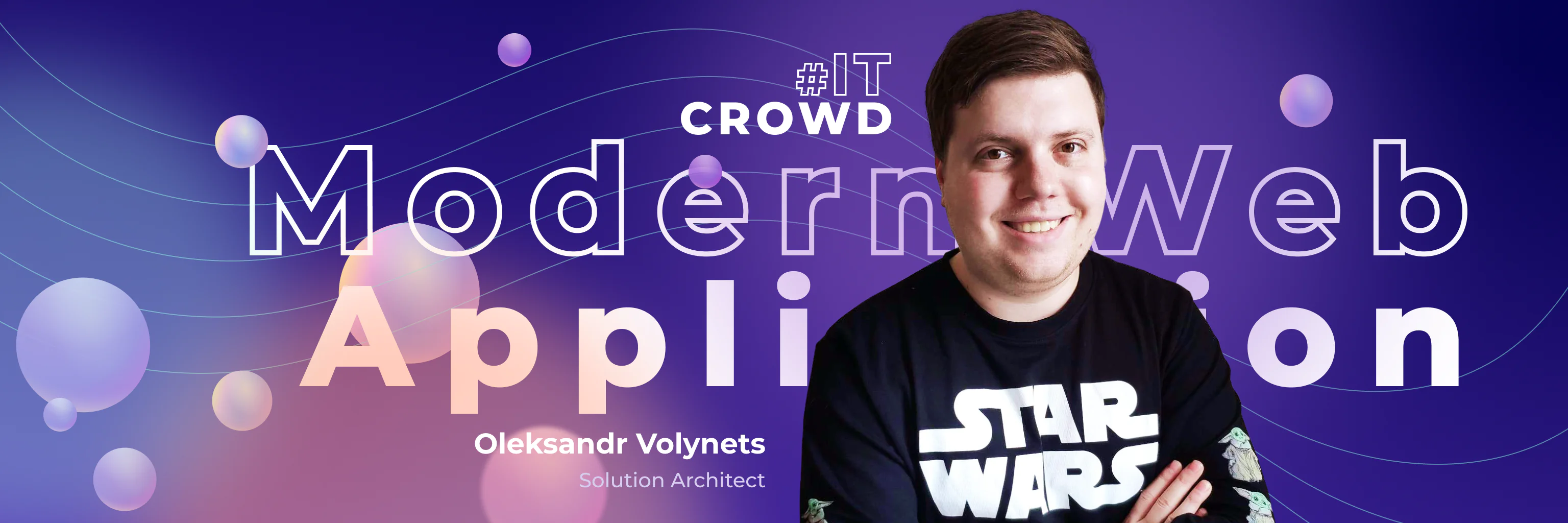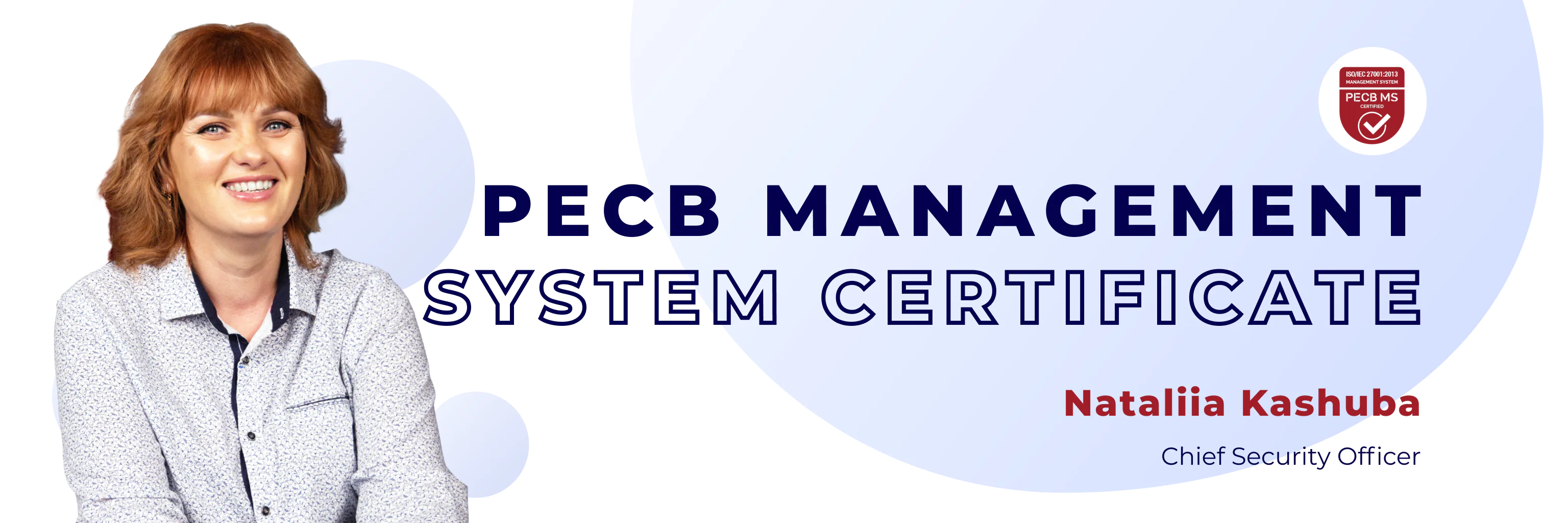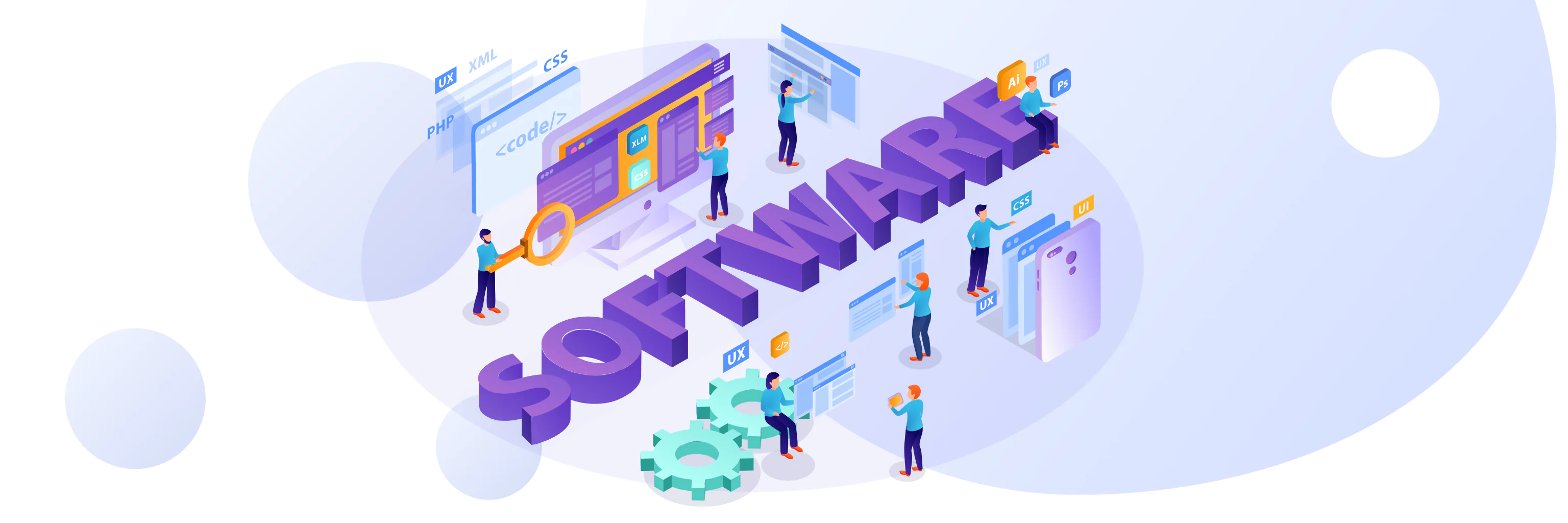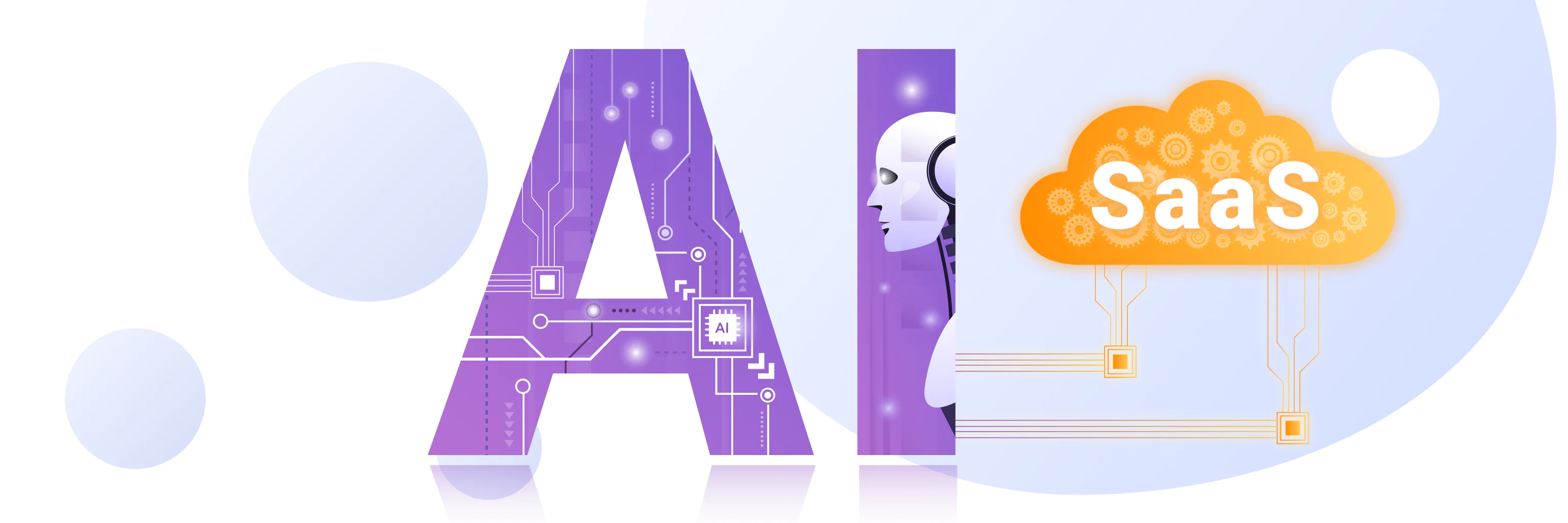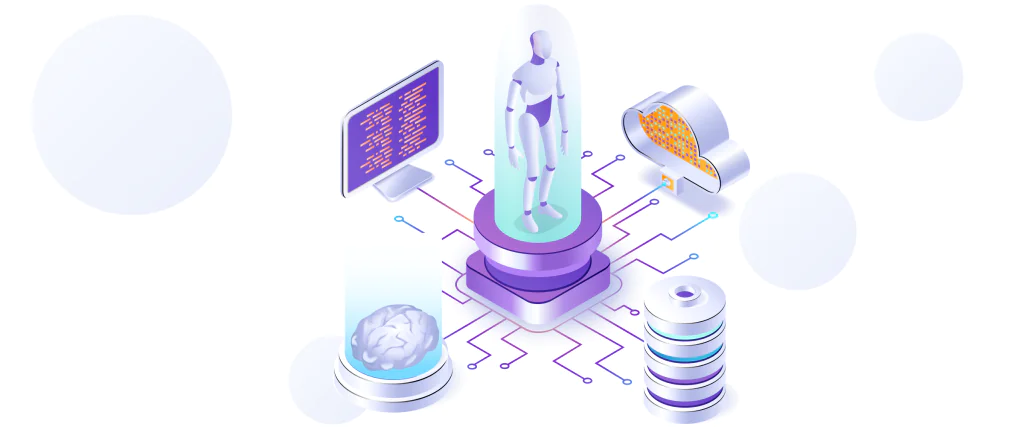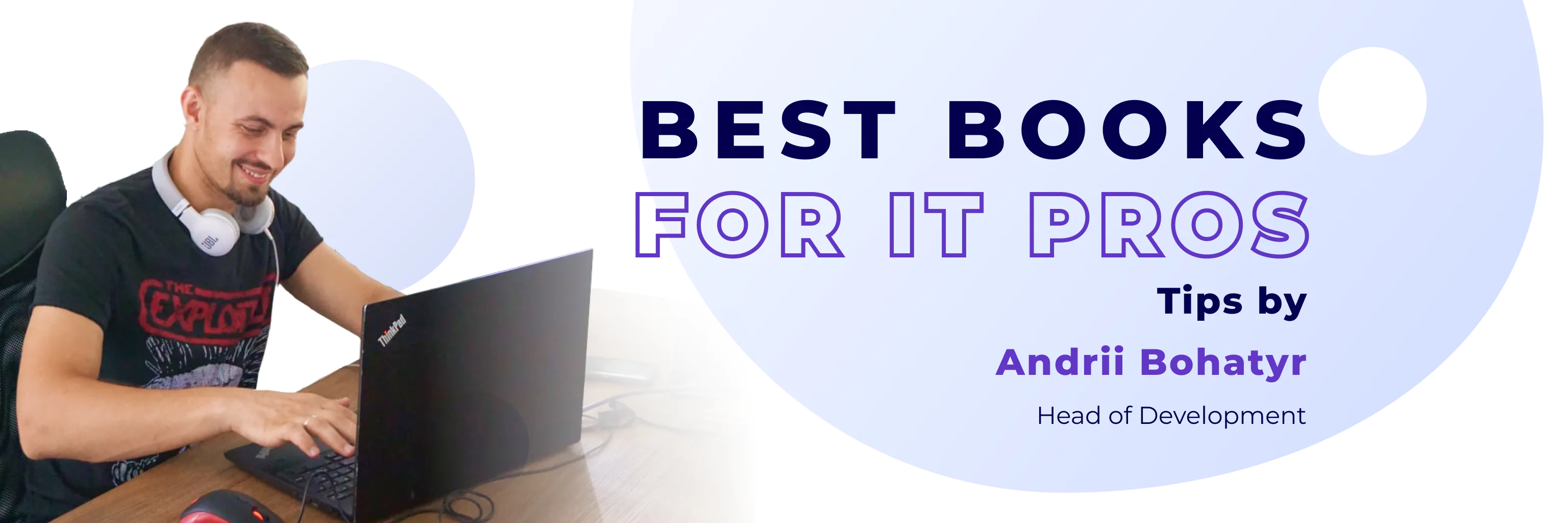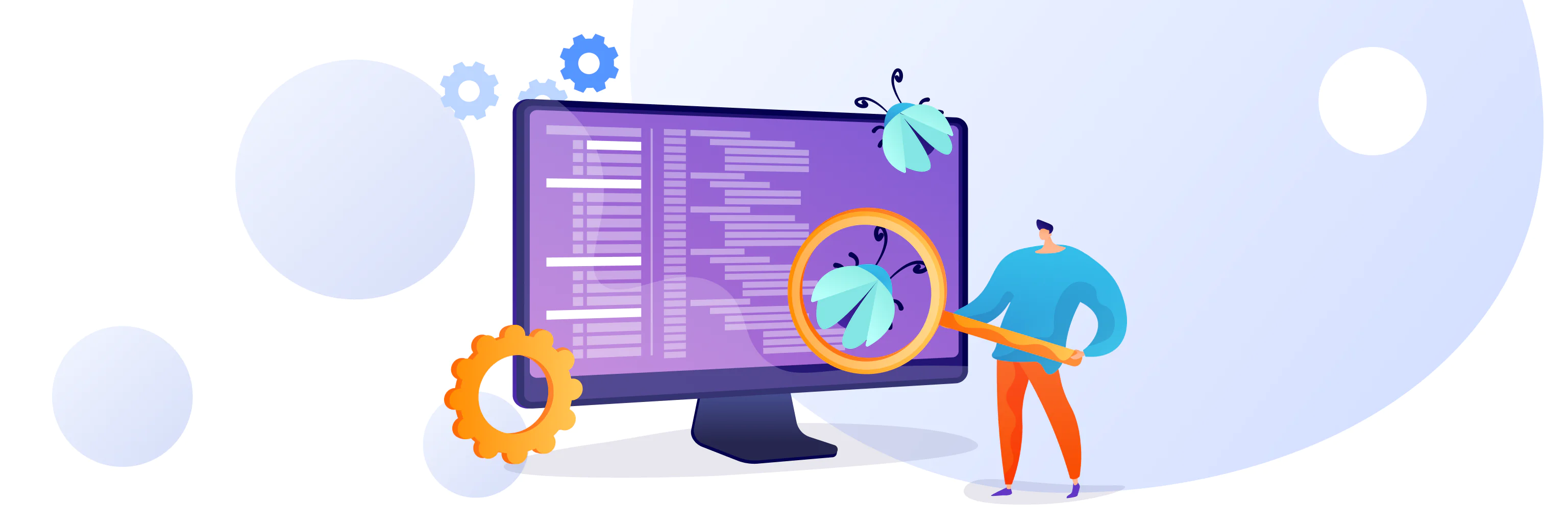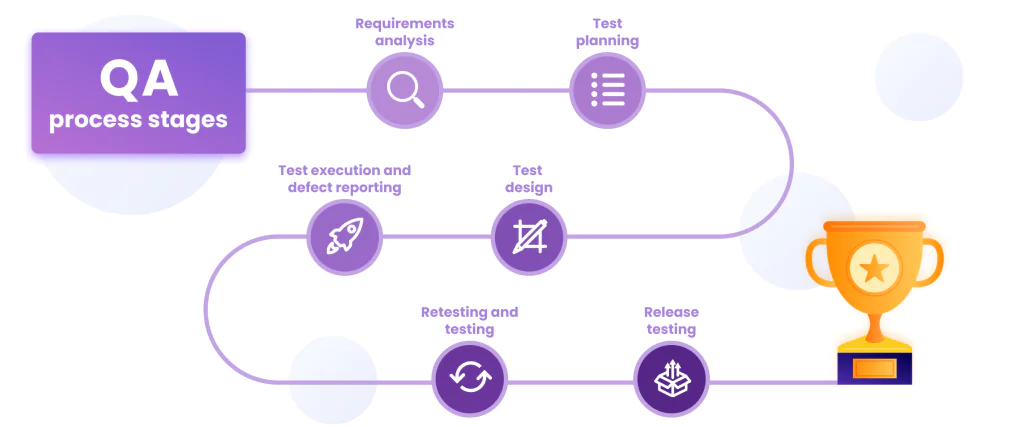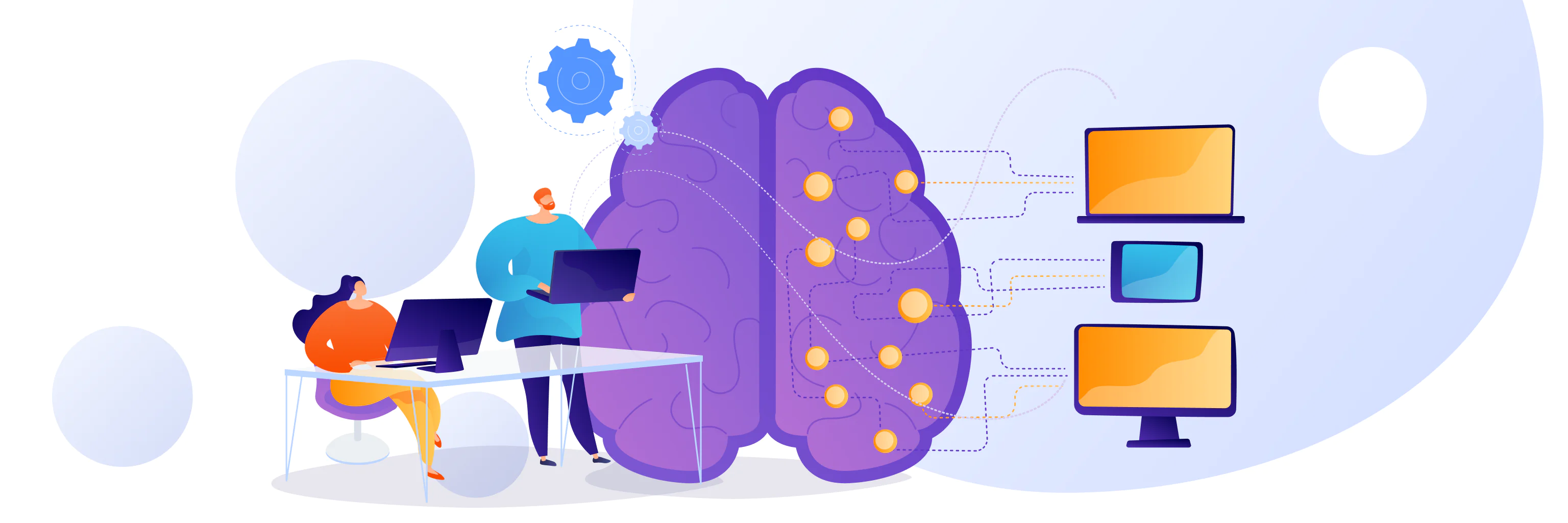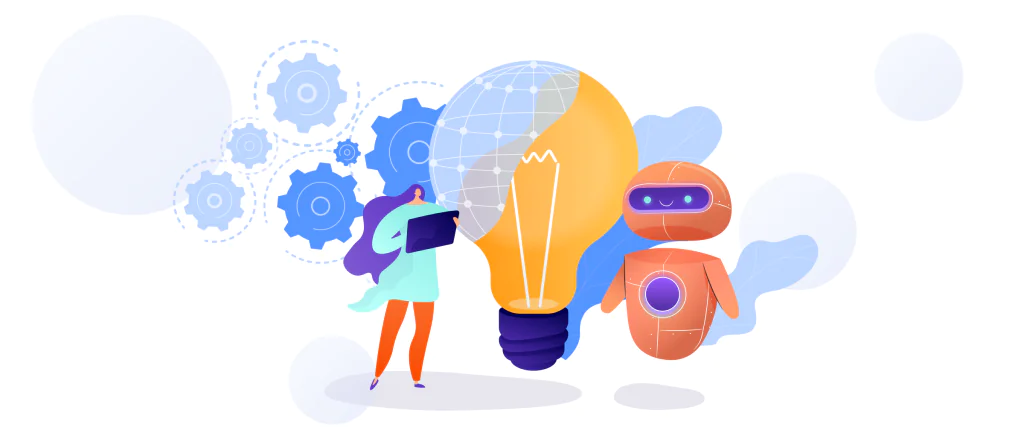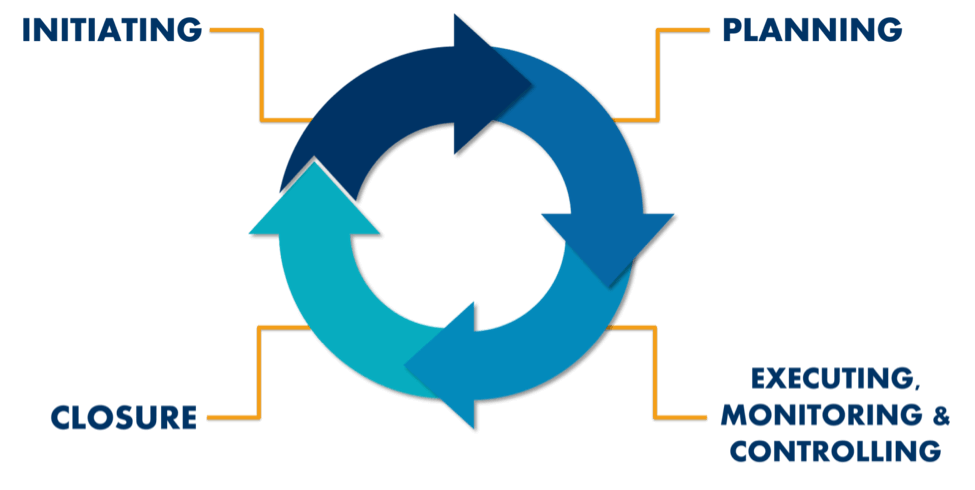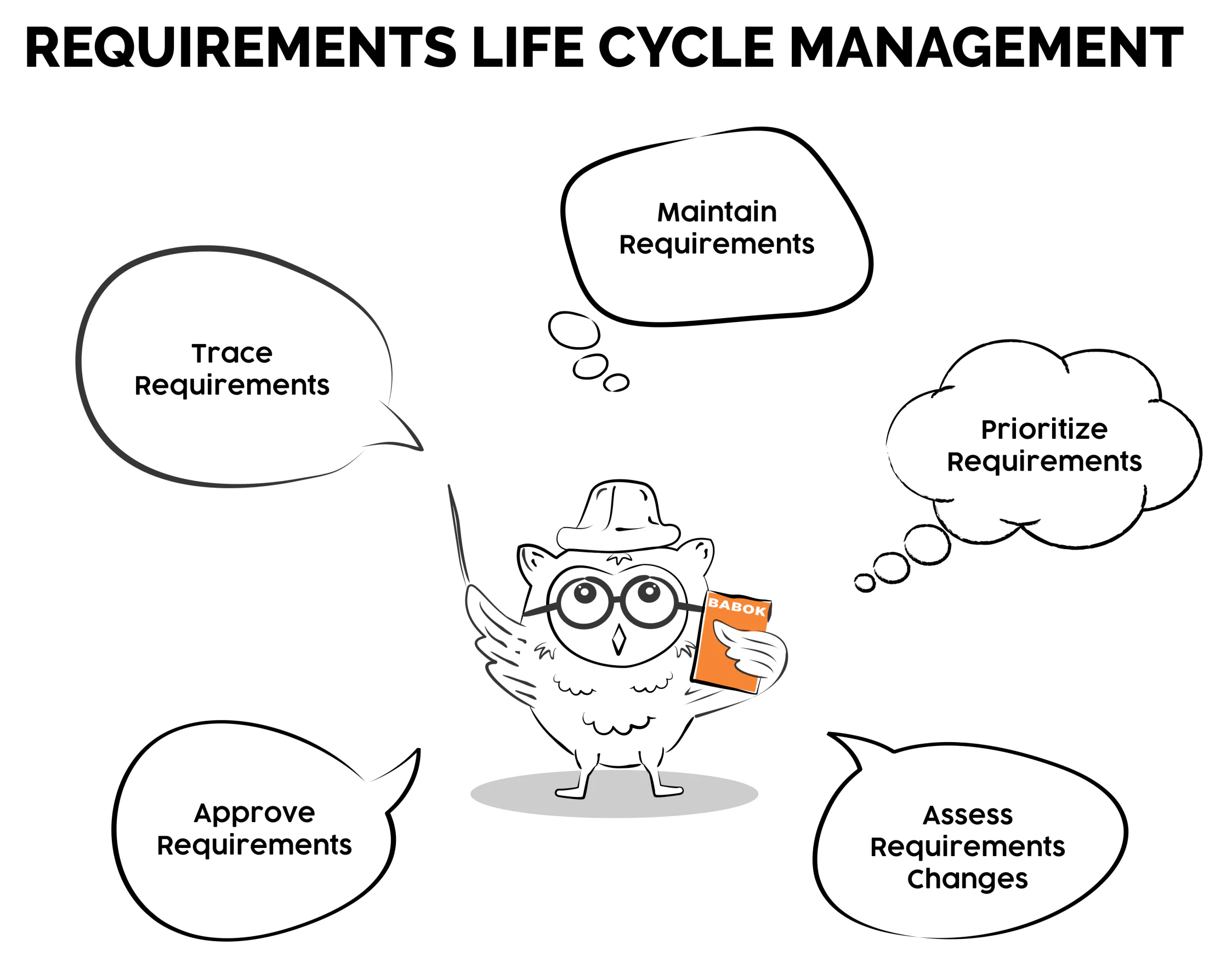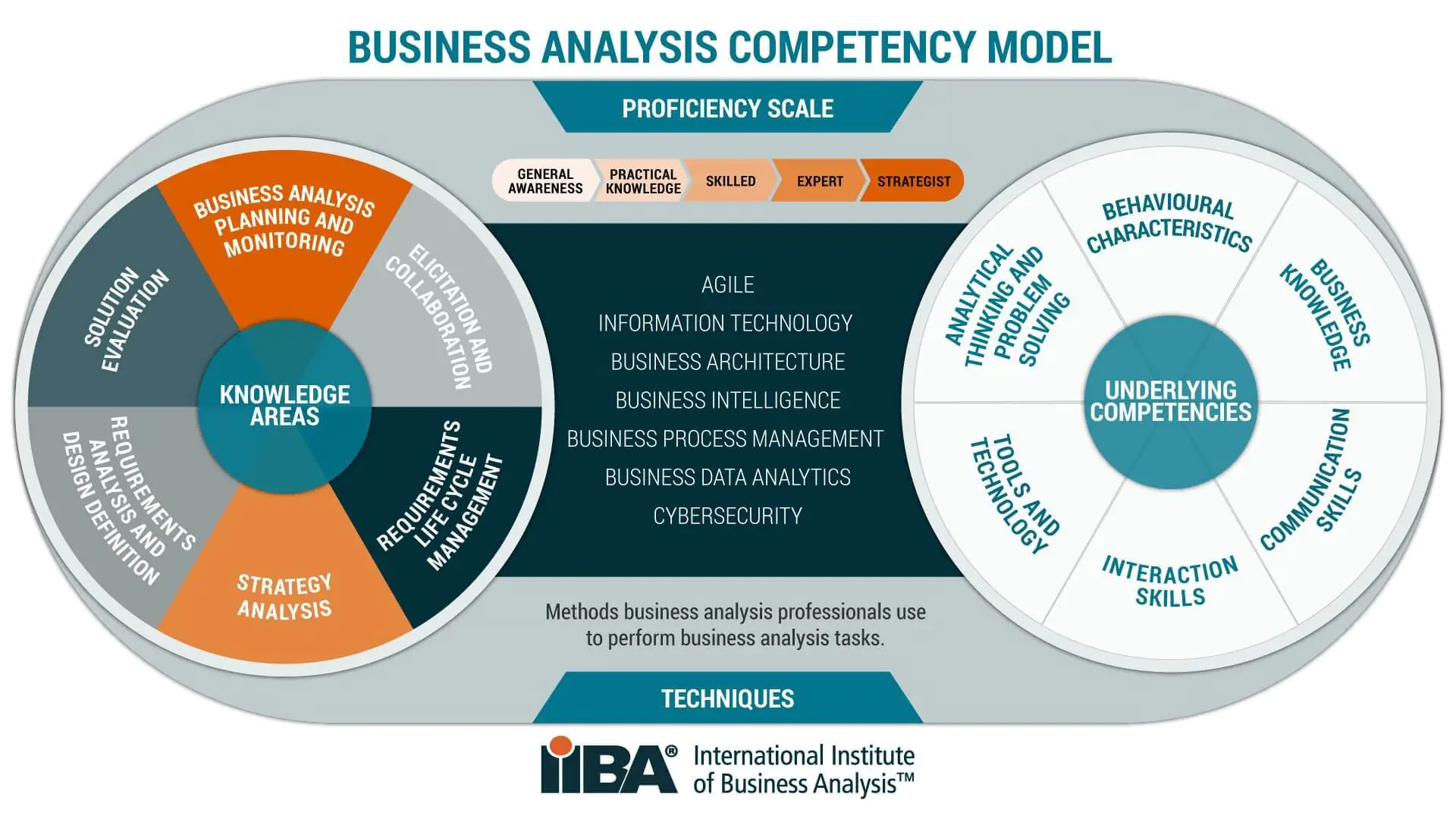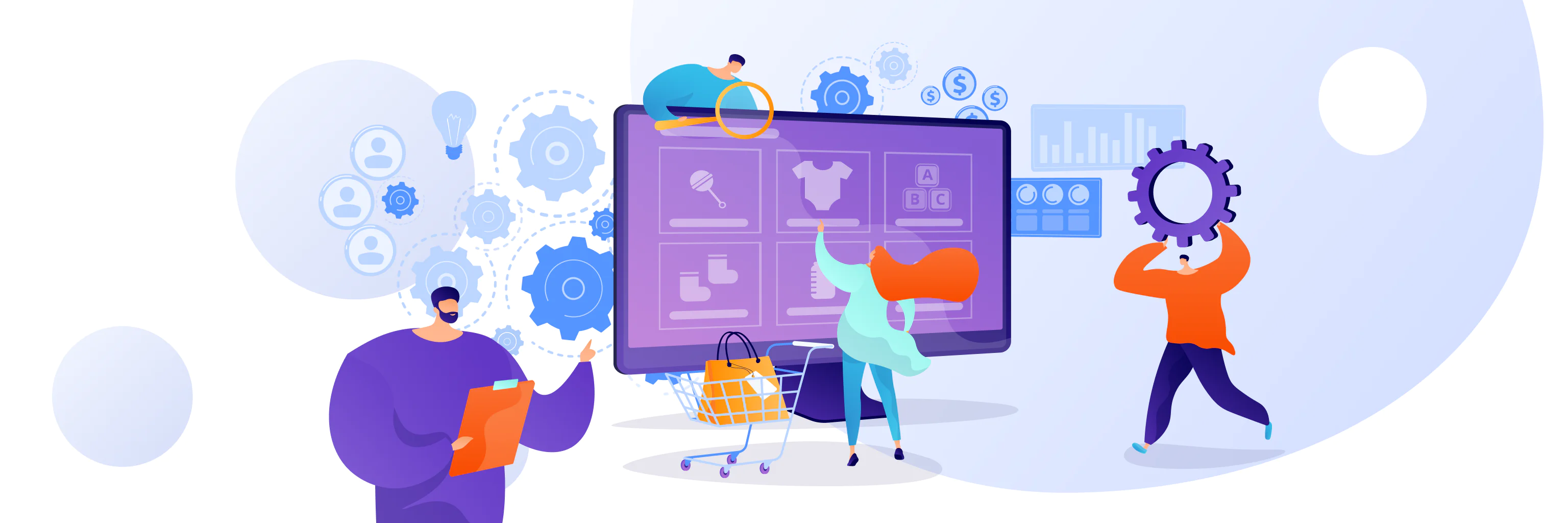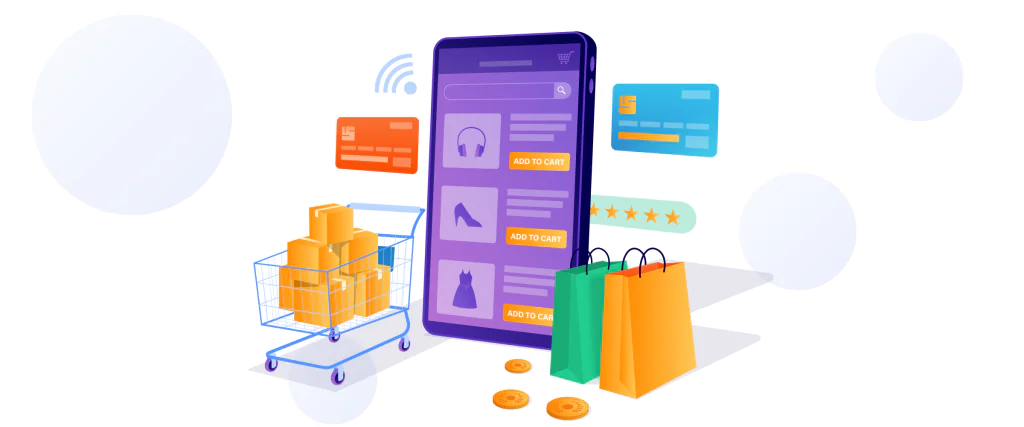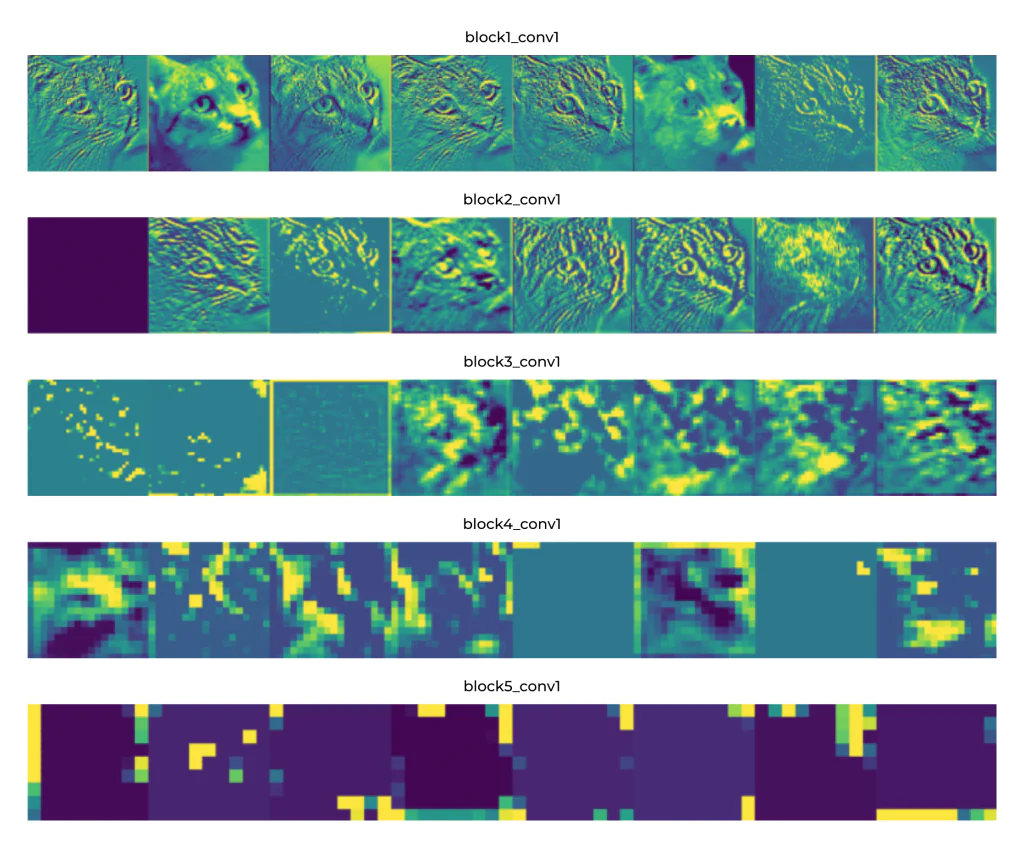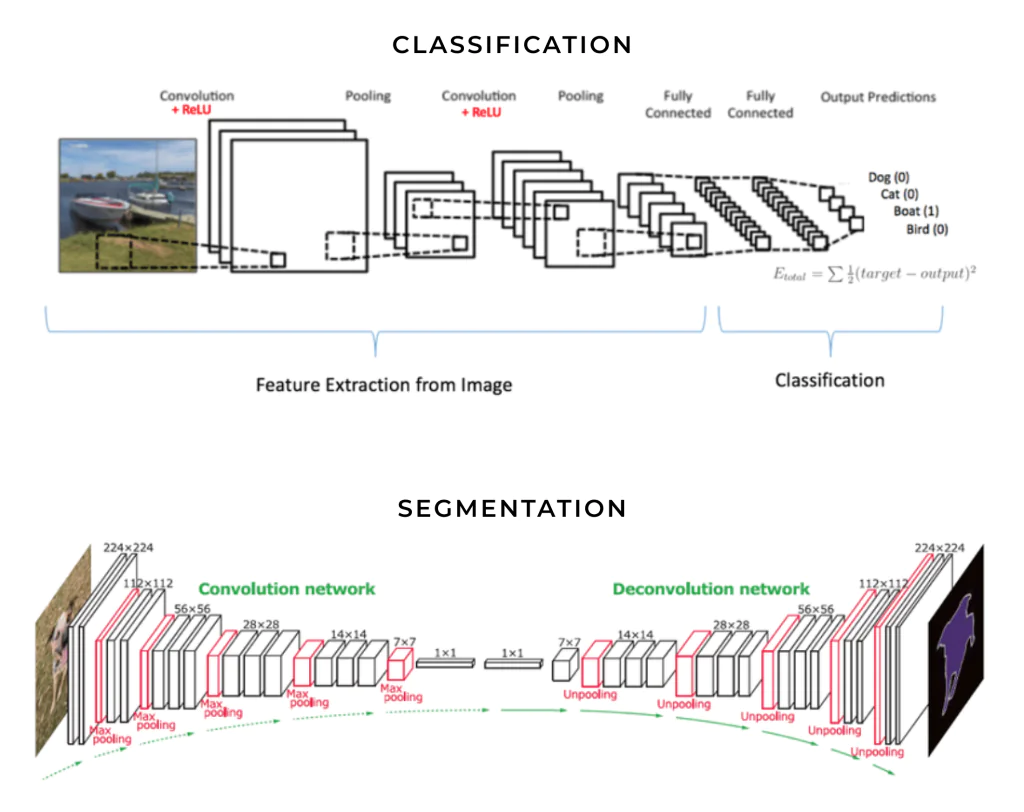Today we are introducing Oleksandr Volynets, who will help you understand some of the custom web development company services a little better. Oleksandr made a brilliant presentation on modern web application design during our IT Crowd event in Vinnytsia. However, we couldn’t hope to put such a vast amount of information into a single article. So, today you’ll learn about the differences between monolithic and microservices server architectures.
Oleksandr is a true expert in the field of application design. He has been a developer for about a decade and during that time he managed to become a Solution Architect and now the Head of the Back-End Development Department at Devtorium. He holds MS: Programming in HTML5 with JavaScript and CSS3 and MCPS: Microsoft Certified Professional certifications.
Throughout his career, Oleksandr worked on numerous projects ranging from eCommerce to messaging and travel apps. However, for all of his extensive experience in development, he says that his dream is to colonize Mars as a first step to Multiverse domination. We wish him luck at that and hope that Devtorium solutions will be the first apps launched on our neighbor planet.
We also hope that Oleksandr will share more of his developer experience and insights through articles and guides in the future.
Monolithic Vs. Microservices Architecture: What to Choose When Hiring a Custom Web Development Company
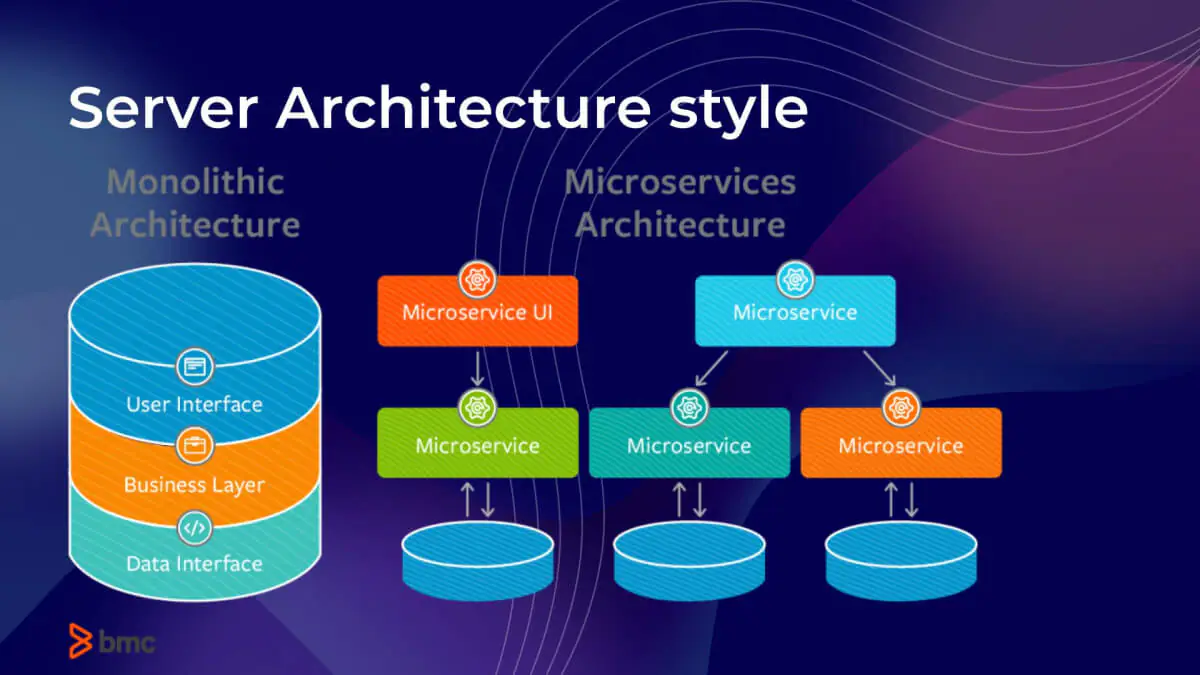
As the name implies, a monolithic application is a single app. This architecture is solid and straightforward, just like a monolith. It’s also an excellent choice for specific types of applications. So, you shouldn’t think that microservices are better than monolithic apps by default.
The monolithic architecture consists of a database, client-side UI, and server-side app. All of it is a single logical unit that can run with extreme efficiency and be very secure. Most importantly, these apps are easy to develop. So the cost of such an application will be lower. With this system, you also get a chance to minimize network latency issues.
Monolithic Architecture from a Professional Web Development Company: Pros & Cons
- Simple to develop.
Due to its single-unit design, monolithic architecture is simpler to develop and manage. So, creating this kind of app won’t require a big team of experts. All developer tools and IDEs are completely focused on creating one app. - Easy to change the app radically.
If you need to revamp a monolithic application, it would be easier because you can change the code and the database schema, build and deploy. - Straightforward to test.
Due to the straightforward layout of the architecture, the apps are easier to test. So, the entire QA process becomes easier and therefore, more effective. - Straightforward to deploy.
Like building and testing, deploying a monolithic app is also easier because fewer things could go wrong. A developer just needs to install a single file on a server. - Simple flow to scale.
The flow itself is simple to scale because it’s so straightforward. However, it must be noted that scaling an existing monolithic architecture can be difficult if you want to expand its functionality while doing so.
A major problem with a monolith application is that it’s too complex. It’s too large for any developer to understand fully. While it’s easy to make bigger, you don’t get much flexibility in changing it over time. Also, when it grows too extensive, it becomes hard to manage. The deployment time will grow exponentially when the application is big. There is also a risk that one bug or issue will bring down the whole construct in a unified system like this.

Microservices Architecture: Flexibility and Scalability
On the other hand, microservices architectures tend to grow highly complex but also extremely flexible. This type of system consists of multiple microservices that work together and communicate using protocols like HTTP, gRPC, async queues, etc. Therefore, the layout of microservices architectures can differ greatly, and more services can be added or removed quickly if needed.
Also, note that each service has its own database in a microservices architecture. That’s part of the reason why these apps can be extremely complex. If you hire a custom web development company to create a microservices-based app, you’ll need to choose wisely. Such systems require a team of professionals to design, build and maintain over time. Also, don’t forget testers who must continuously make sure that every piece runs smoothly with all the others.
Microservices Architecture from a Professional Web Development Company: Pros & Cons
-
- Enables continuous delivery and deployment.
Microservices architecture is particularly well-suited for large and complex applications because it makes it easier to upgrade them. Such a system minimizes deployment time and resources. - Services are small and easily maintained.
While an extensive system of services requires skill and time to manage, single services are effortless to maintain. It facilitates overall system maintenance. - Services are independently deployable and scalable.
Each of the microservices can be deployed individually. Therefore, it can also be improved and scaled to help scale up the system as needed. - Enables team autonomy.
Teams that build and manage microservices architectures can be autonomous. It’s essential for enterprise-level businesses who prefer to outsource custom web development company services at least in part. - Allows easy experimentation and adoption of new technologies.
New technologies are easy to integrate into the system to see how they perform. Therefore, you can continuously test and improve the system once the new tech is released. Most importantly, the process is fast, so you’ll be able to integrate results without disrupting business workflow. - Better fault isolation.
Once a bug or a problem is spotted, it can be effectively isolated. So, your systems as a whole can continue running while the problem is solved. However, it might run at a reduced capacity. - Easier to understand and maintain.
Microservices architecture appears a lot more complex. But it’s actually relatively easy to understand if you look at services individually. From this point of view, maintaining such a system can also be somewhat easier as you don’t have to take down and deploy the entire thing every time.
- Enables continuous delivery and deployment.
That said, in a distributed microservices system, communication issues can cause a significant breakdown. Moreover, these apps are more expensive and less secure due to the inherent vulnerabilities of complex design.
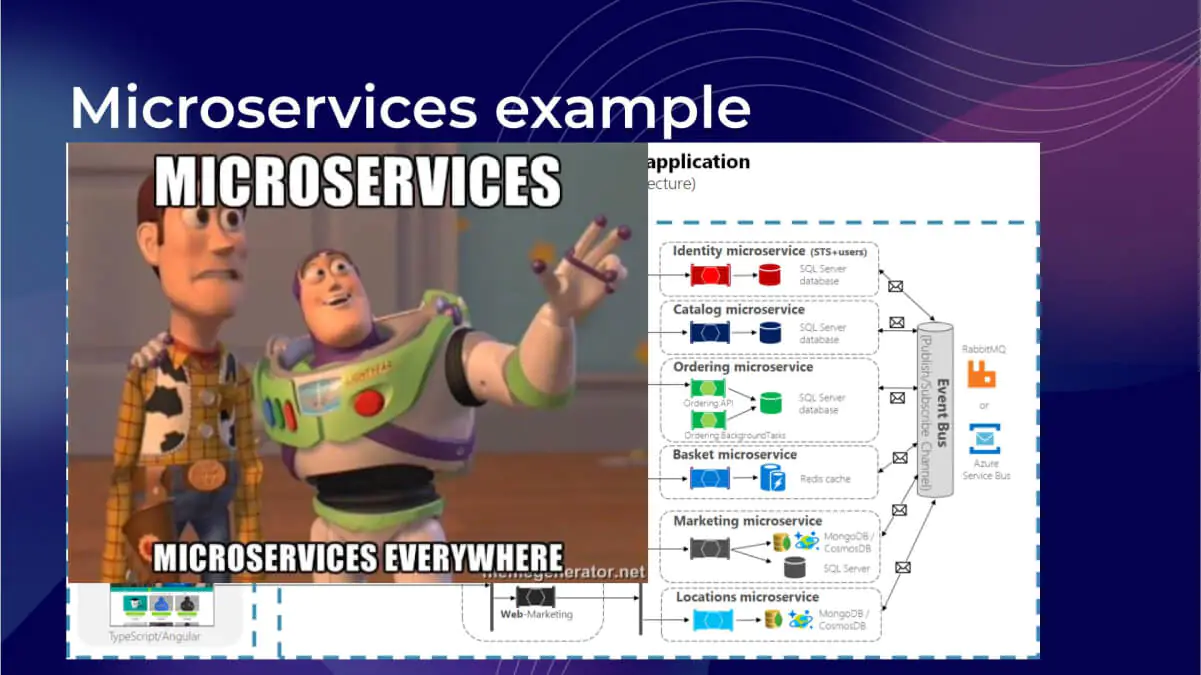
What Architecture Is Best When Hiring a Custom Web Development Company?
To answer that question, you must clearly see the customer’s goals. It would be incorrect for a custom web development company to proclaim one type of architecture as superior. The choice of what to use best in what situation is determined by the situation.
And remember, you shouldn’t create a microservices app just because it’s trendy now. As Oleksandr likes to remind us, one must first make sure there is an actual need to choose this architecture type before designing a project.
So, anyone looking to launch an app should first look for a professional web development company that can understand their needs and come up with the best solution tailored to the business plan, like us 😉
For more posts from Devtorium experts, see:
- Artificial Intelligence Software Development: First Exposure to Computer Vision by Oleksii Makarov.
- Role of a Business Analyst in Outsourced Software Product Development by Daryna Volynets
- Best Books for Programmers and Other IT Pros by Andrii Bohatyr
